Green Cleaning Practices for Commercial Buildings
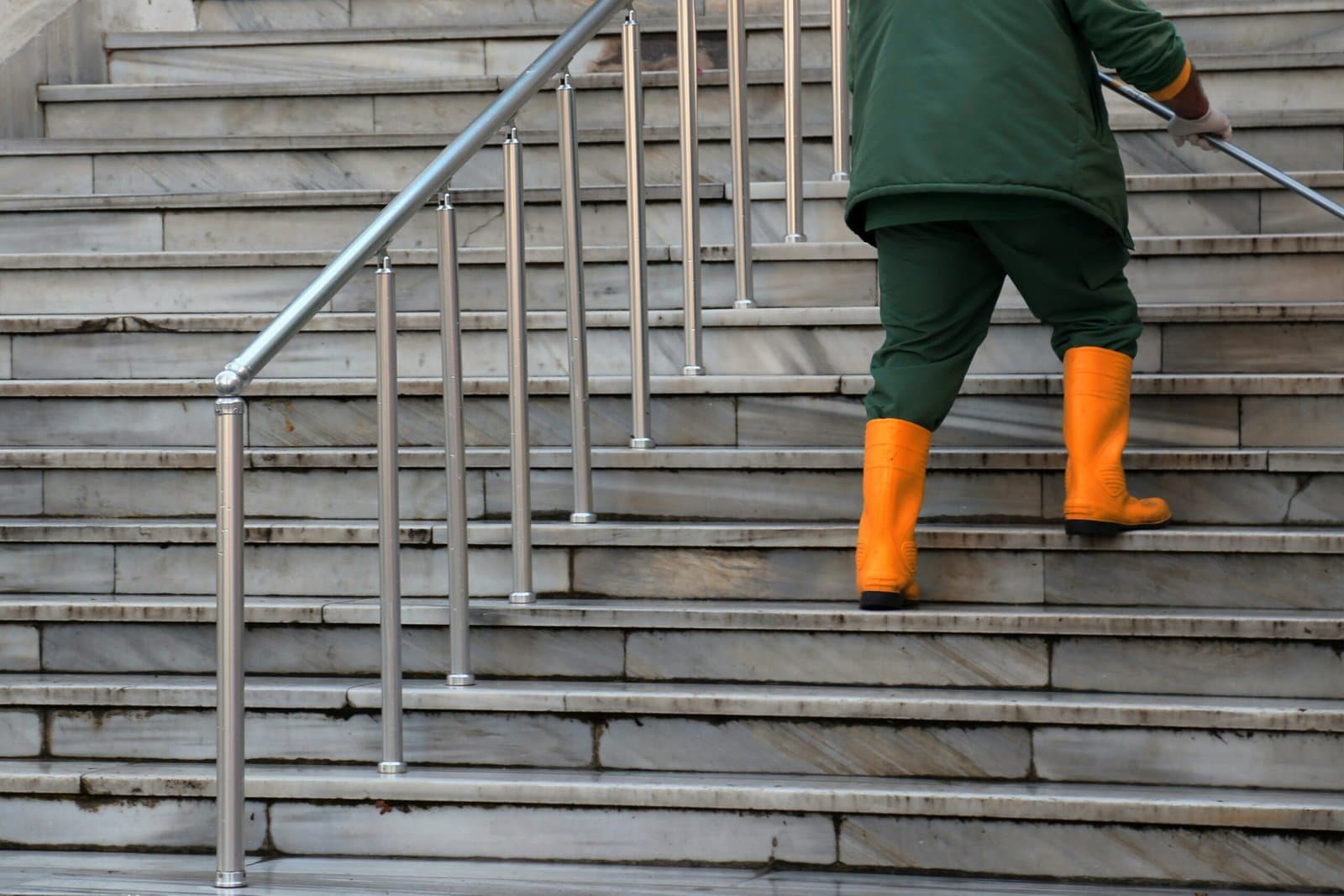
Sustainability is no longer just a trend—it is a necessity. As businesses strive to reduce their environmental impact, adopting green cleaning practices in commercial buildings is an essential step. Green cleaning not only improves indoor air quality and reduces exposure to harmful chemicals but also aligns with sustainability goals, regulatory compliance, and long-term cost savings.
For facility managers and business owners, implementing eco-friendly cleaning solutions can create healthier workplaces, enhance a company’s reputation, and contribute to operational efficiency. This guide explores key green cleaning practices, regulatory standards such as LEED certification, and the challenges businesses may face in transitioning to sustainable cleaning methods.
The Importance of Green Cleaning for Commercial Buildings
Traditional cleaning products often contain harsh chemicals that contribute to indoor air pollution and environmental contamination. Commercial buildings also generate significant waste through disposable cleaning materials and chemical runoff. Green cleaning addresses these concerns by:
- Reducing Air Pollution – Eliminating volatile organic compounds (VOCs) that negatively impact indoor air quality.
- Protecting Employee and Occupant Health – Using non-toxic, biodegradable products minimizes health risks associated with chemical exposure.
- Enhancing Sustainability Efforts – Supporting corporate social responsibility initiatives and regulatory compliance.
- Lowering Maintenance Costs – Extending the lifespan of building materials and reducing water and energy usage.
Key Green Cleaning Practices for Commercial Buildings
1. Choosing Eco-Friendly Cleaning Products
Switching to environmentally friendly cleaning agents is one of the most effective steps in green cleaning. Many conventional products contain ammonia, chlorine, and synthetic fragrances that can harm both human health and the environment.
What to Look for in Green Cleaning Products:
- EPA Safer Choice Certification – Ensures products meet stringent environmental and health safety standards.
- Biodegradable Ingredients – Break down naturally without contributing to water pollution.
- Non-Toxic Formulations – Free from phosphates, parabens, and artificial dyes.
Best Practices:
- Replace all-purpose cleaners with plant-based or enzyme-based alternatives.
- Use microfiber cloths instead of disposable paper towels to minimize waste.
- Avoid aerosol sprays that release harmful particulates into the air.
2. Sustainable Waste Management
A comprehensive waste management program is essential to green cleaning. Many commercial buildings generate excessive waste from disposable cleaning supplies and single-use plastics.
Key Strategies:
- Recycling Programs – Implement building-wide recycling for paper, plastic, glass, and metal.
- Compostable Waste Disposal – Encourage organic waste separation in breakrooms and cafeterias.
- Eco-Friendly Packaging – Purchase cleaning supplies in bulk to reduce packaging waste.
Best Practices:
- Install clearly labeled recycling bins throughout the facility.
- Partner with waste management services that offer sustainable disposal options.
- Conduct regular waste audits to track progress and improve efficiency.
3. Improving Indoor Air Quality
Commercial buildings can trap pollutants from cleaning agents, HVAC systems, and industrial processes, leading to poor indoor air quality (IAQ).
Ways to Enhance IAQ:
- Use HEPA Filters – High-efficiency particulate air (HEPA) filters in vacuums and HVAC systems help remove airborne pollutants.
- Adopt Green Cleaning Equipment – Steam cleaners and ionized water systems reduce the need for chemical cleaners.
- Increase Natural Ventilation – Allow fresh air circulation to reduce indoor contaminants.
Best Practices:
- Schedule regular HVAC maintenance to prevent dust and mold accumulation.
- Use scent-free, non-toxic cleaning products to minimize VOC exposure.
- Introduce indoor plants to naturally improve air quality.
4. Water and Energy Conservation in Cleaning
Green cleaning is not only about using sustainable products but also about reducing resource consumption.
Water-Saving Strategies:
- Low-Flow Cleaning Equipment – Reduces water usage in mopping and floor cleaning.
- Microfiber Mops and Cloths – Require less water and cleaning solution compared to traditional methods.
- Leak Detection Systems – Prevent unnecessary water waste in large commercial facilities.
Energy-Efficient Cleaning Equipment:
- Energy Star-Certified Vacuums and Scrubbers – Designed to use less electricity while maintaining performance.
- Daytime Cleaning Practices – Reduces the need for overnight lighting and HVAC use.
- LED Motion Sensors – Ensures lights are only in use when necessary.
Best Practices:
- Switch to battery-operated cleaning equipment with energy-efficient charging.
- Train cleaning staff on water-efficient techniques.
- Conduct periodic energy audits to identify areas for further conservation.
5. LEED Certification and Compliance
Many businesses seek LEED (Leadership in Energy and Environmental Design) certification as part of their sustainability initiatives. Green cleaning plays a crucial role in earning LEED points.
How Green Cleaning Supports LEED Certification:
- Indoor Environmental Quality (IEQ) Credit – Using non-toxic cleaning products improves indoor air quality.
- Water Efficiency Credit – Reducing water consumption in cleaning contributes to sustainability goals.
- Sustainable Purchasing Credit – Choosing eco-friendly supplies supports responsible procurement practices.
Best Practices:
- Select cleaning products and equipment that align with LEED standards.
- Maintain detailed records of green cleaning efforts for certification audits.
- Work with cleaning providers experienced in LEED-compliant services.
Challenges in Adopting Green Cleaning Practices
Despite the benefits, some businesses hesitate to transition to green cleaning due to:
- Higher Initial Costs – Eco-friendly products and equipment may have a higher upfront cost, though long-term savings often offset expenses.
- Limited Availability of Products – Finding high-quality, sustainable cleaning products can be challenging in some regions.
- Resistance to Change – Employees and cleaning crews may need training to adopt new methods.
Solutions:
- Invest in concentrated, multipurpose eco-friendly cleaners to reduce costs.
- Partner with suppliers that specialize in sustainable cleaning products.
- Provide training sessions to educate staff on the benefits of green cleaning.
Partner with APS Industrial Services for Green Cleaning Solutions
Implementing green cleaning practices requires expertise and access to the right products and equipment. APS Industrial Services specializes in eco-friendly commercial cleaning solutions that support sustainability, improve workplace health, and enhance operational efficiency.
Whether you need to improve indoor air quality, reduce chemical exposure, or achieve LEED certification, our team can help.
Contact APS Industrial Services today for expert green cleaning solutions tailored to your commercial building.
Newsletter
Don't miss a thing!
Sign up to receive daily news
Recent Posts
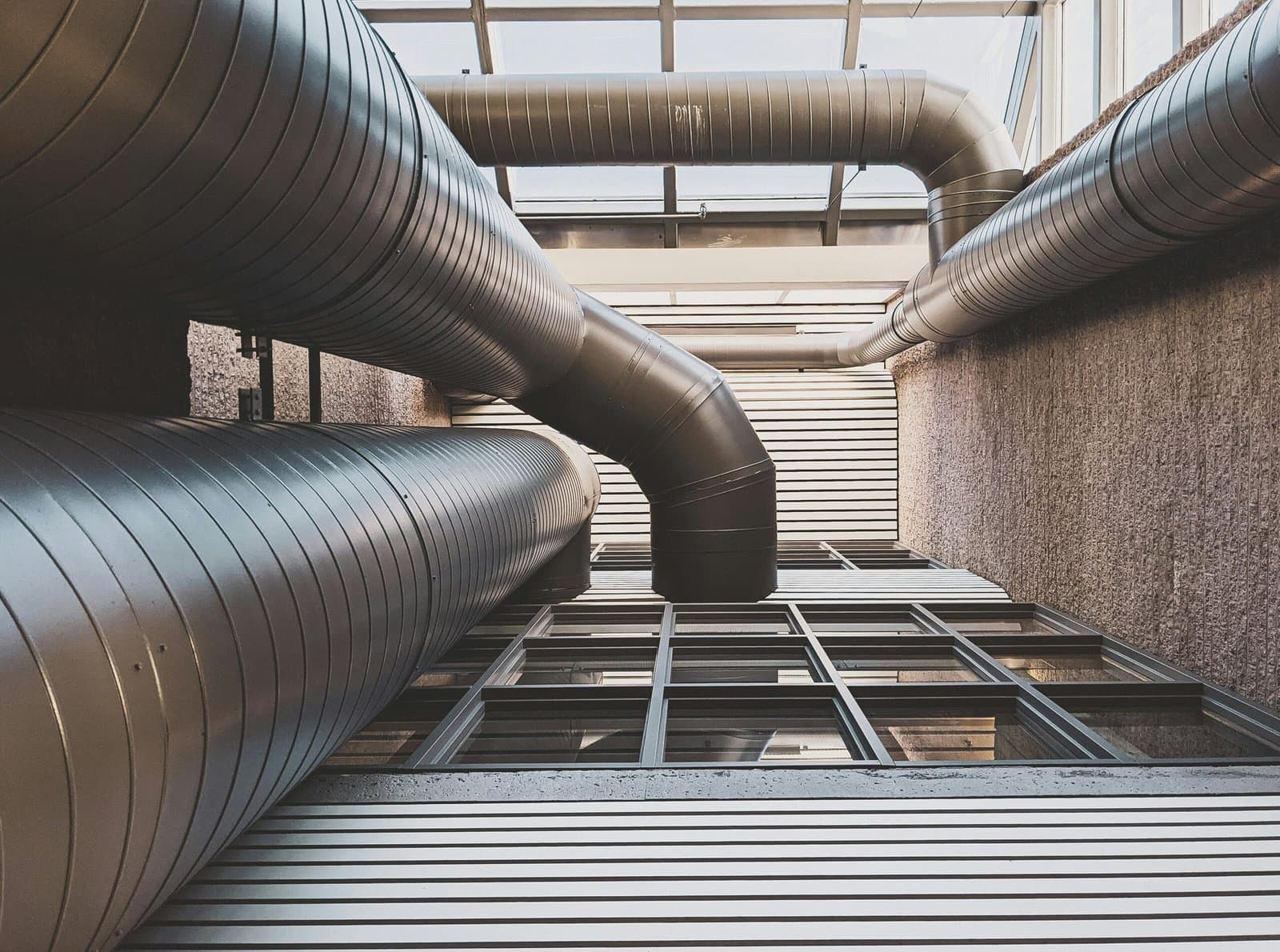
february 22, 2025
Commercial Building HVAC Maintenance And Why Its Important
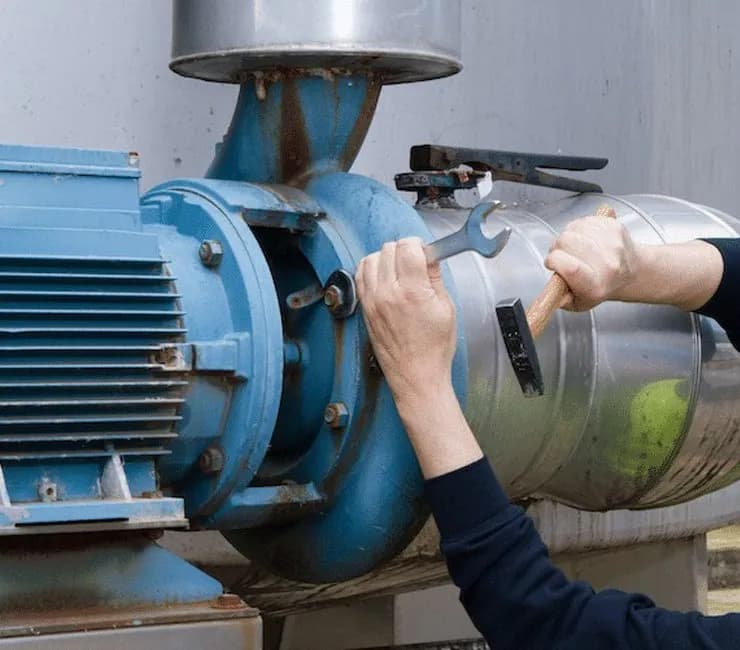
february 21, 2025
Maintaining Industrial Facilities: A Comprehensive Guide
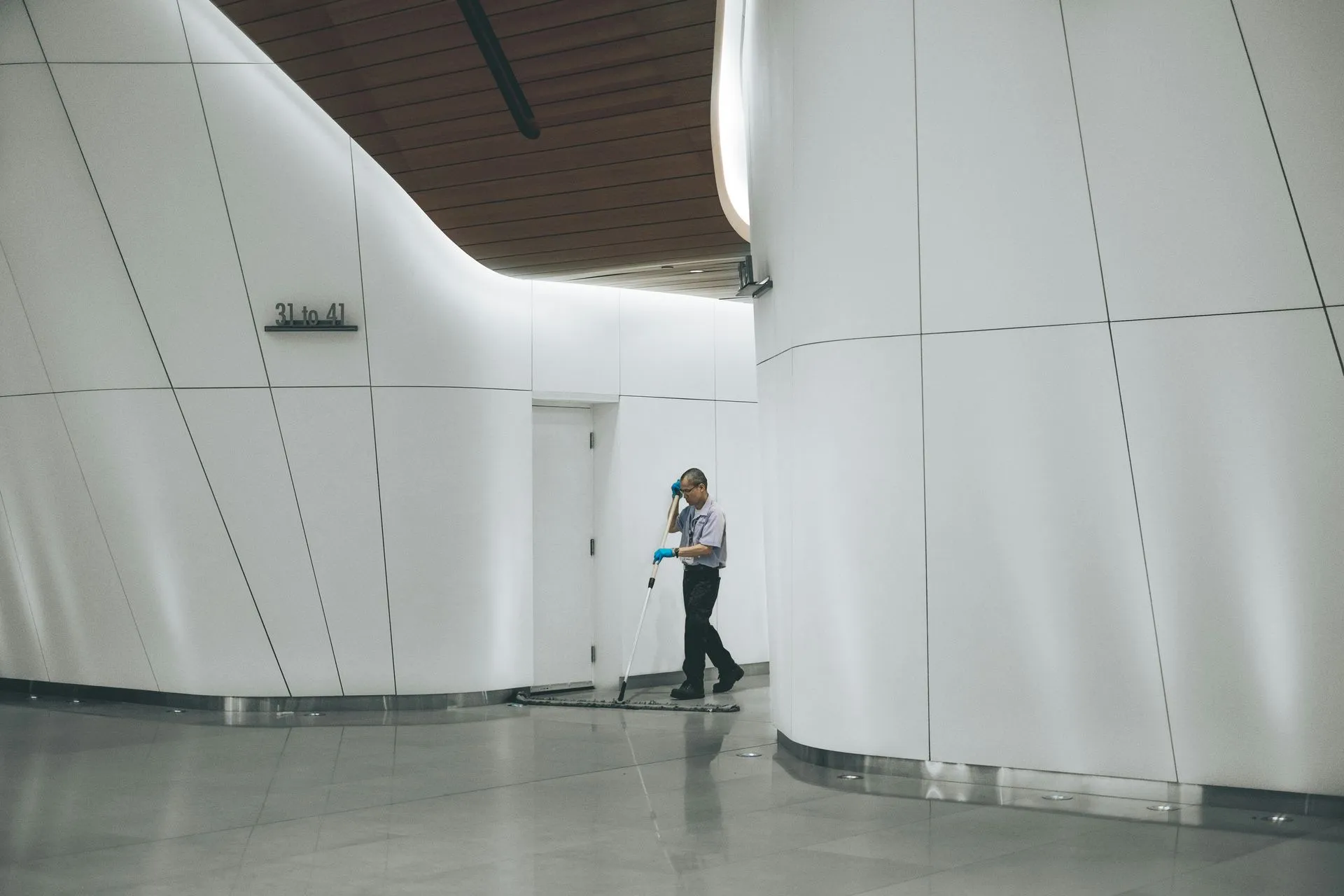
december 18, 2024
Facility Deep Cleaning and Restoration Services for Industrial Facilities
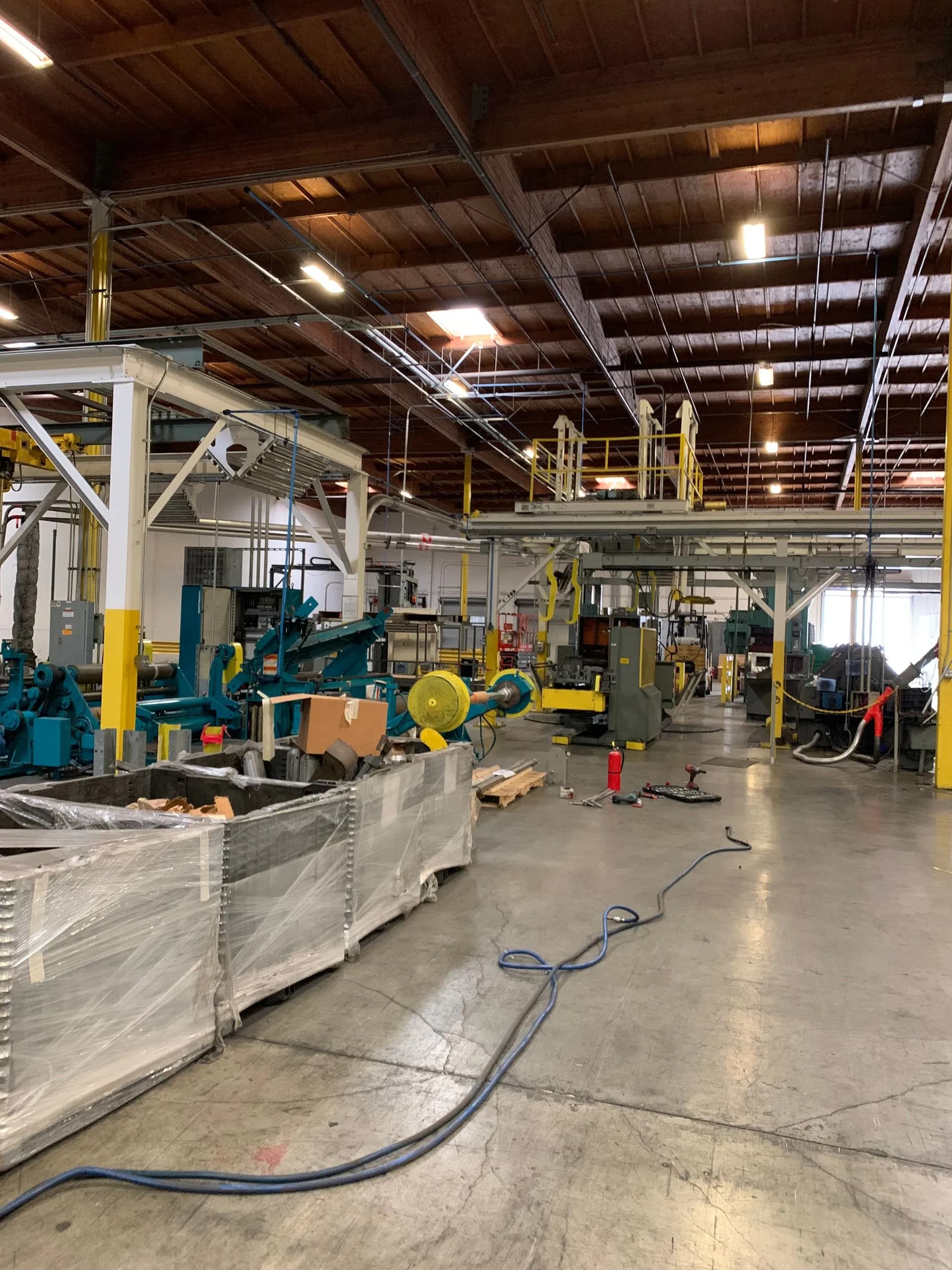
december 6, 2024
Facility Installation: From Site Preparation to Final Testing

november 30, 2024